- Joined
- Feb 1, 2012
- Messages
- 13,727
A track chisel should have a more rounded bit. My hunch is that you'll lose the heel and toe to chipping if you go at it with that.
Also, I don't think you'll be successful actually dividing a 3 foot piece of track by that method. My understanding is that the track chisel was used to score the track all the way around. Then the portion to be removed was cantelevered over a tie and hammered hard with a sledge, tearing off the section track along the score line. The remaining end needs to be stable enough to resist the hammering.
If you hope to make this cut you'll need a means to stabilize your rail for the hammering.
Also, I don't think you'll be successful actually dividing a 3 foot piece of track by that method. My understanding is that the track chisel was used to score the track all the way around. Then the portion to be removed was cantelevered over a tie and hammered hard with a sledge, tearing off the section track along the score line. The remaining end needs to be stable enough to resist the hammering.
If you hope to make this cut you'll need a means to stabilize your rail for the hammering.
Last edited:





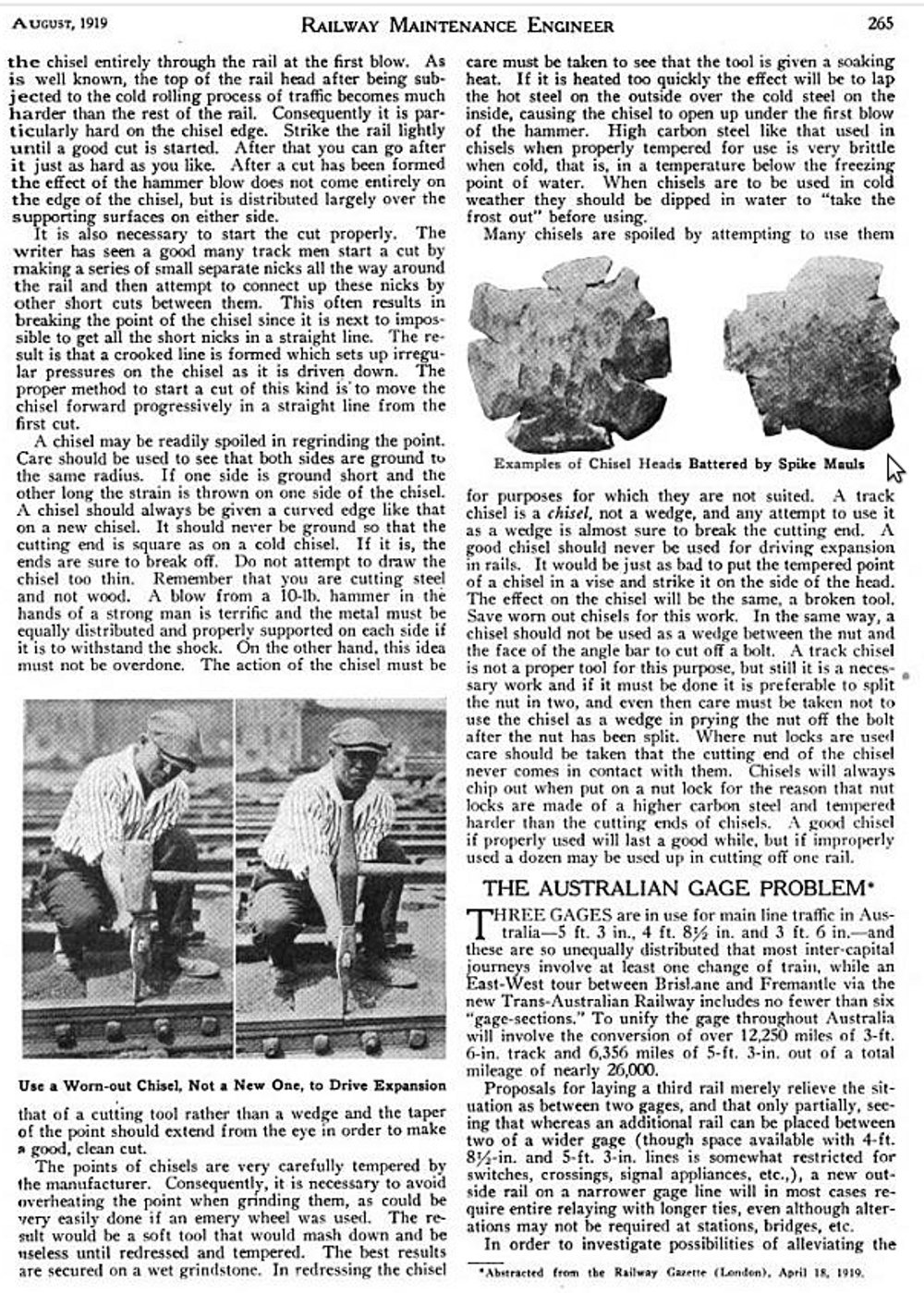


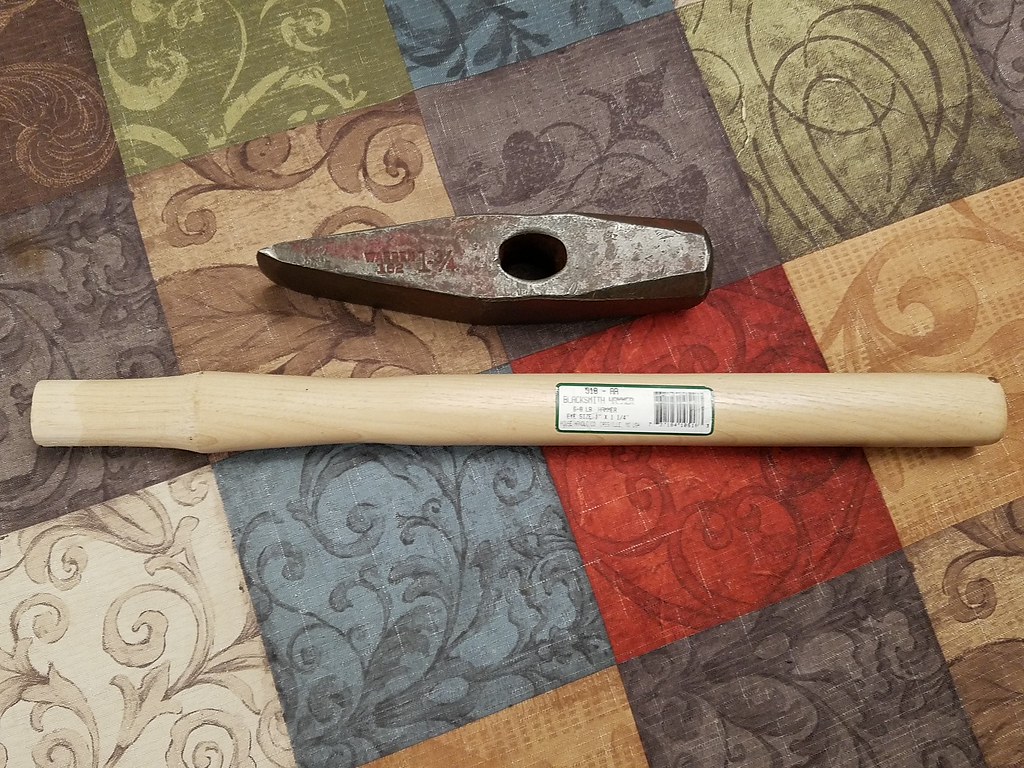 IMG_20171210_220536
IMG_20171210_220536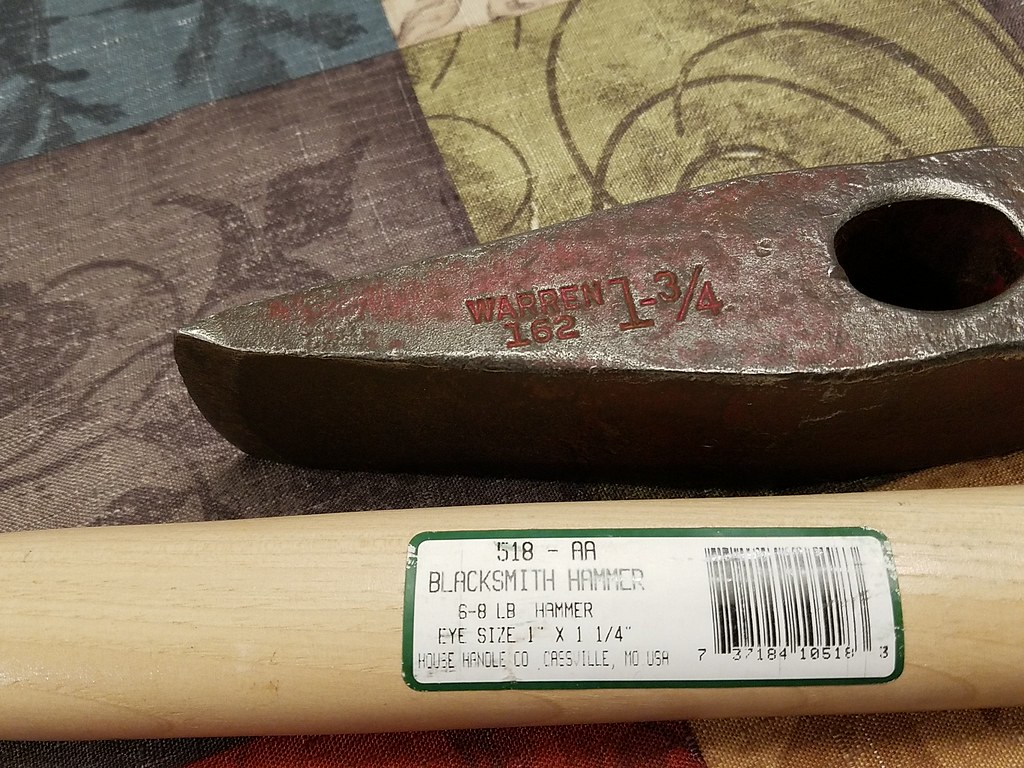 IMG_20171210_220551
IMG_20171210_220551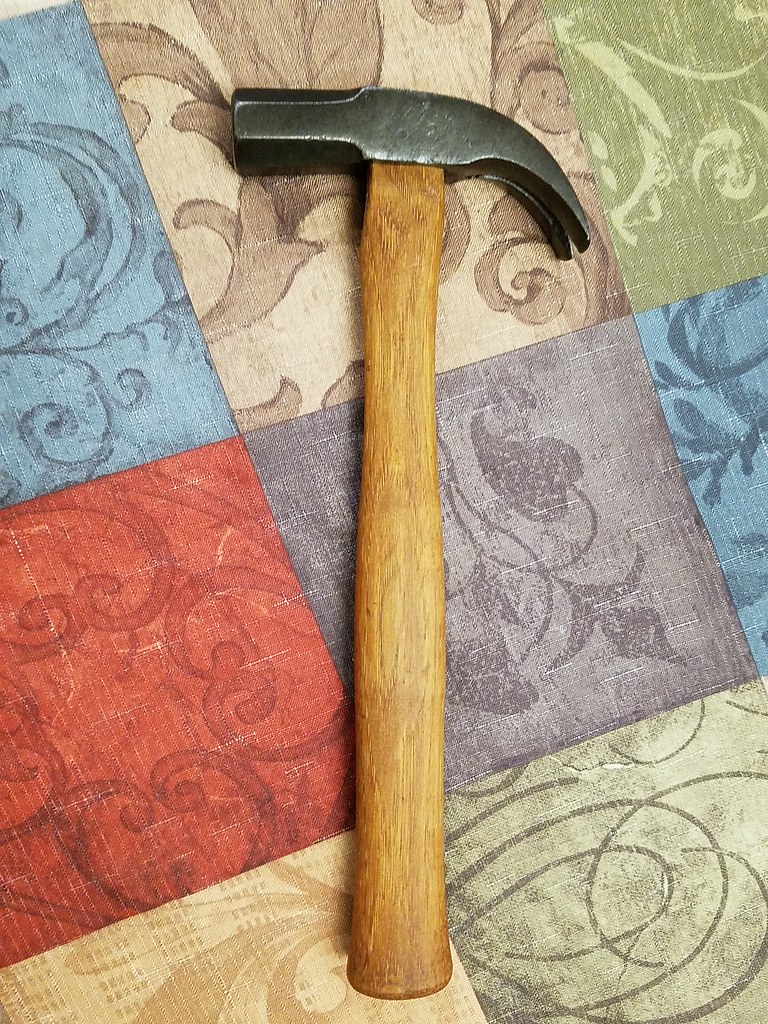 IMG_20171210_202758
IMG_20171210_202758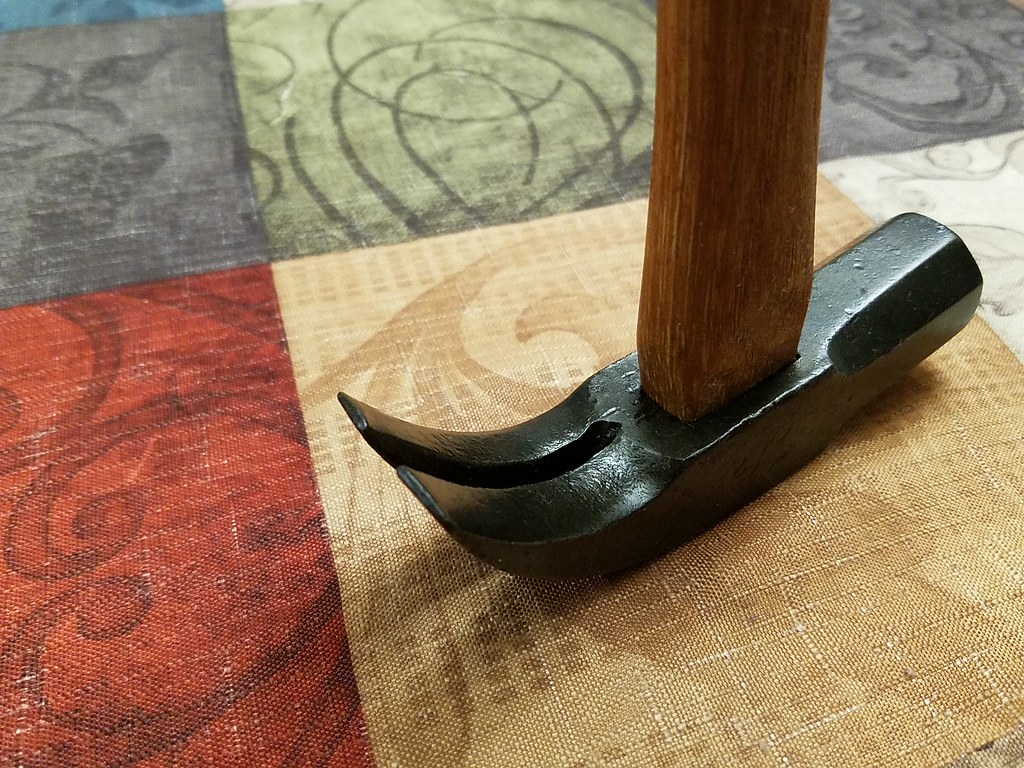 IMG_20171210_202842
IMG_20171210_202842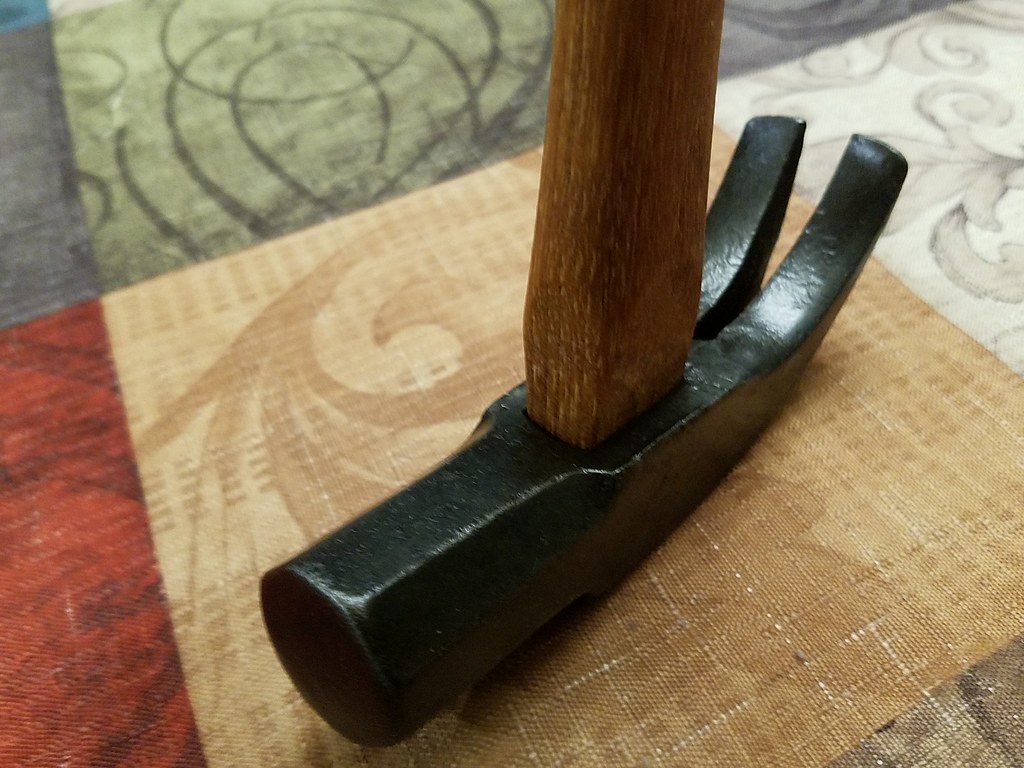 IMG_20171210_202837
IMG_20171210_202837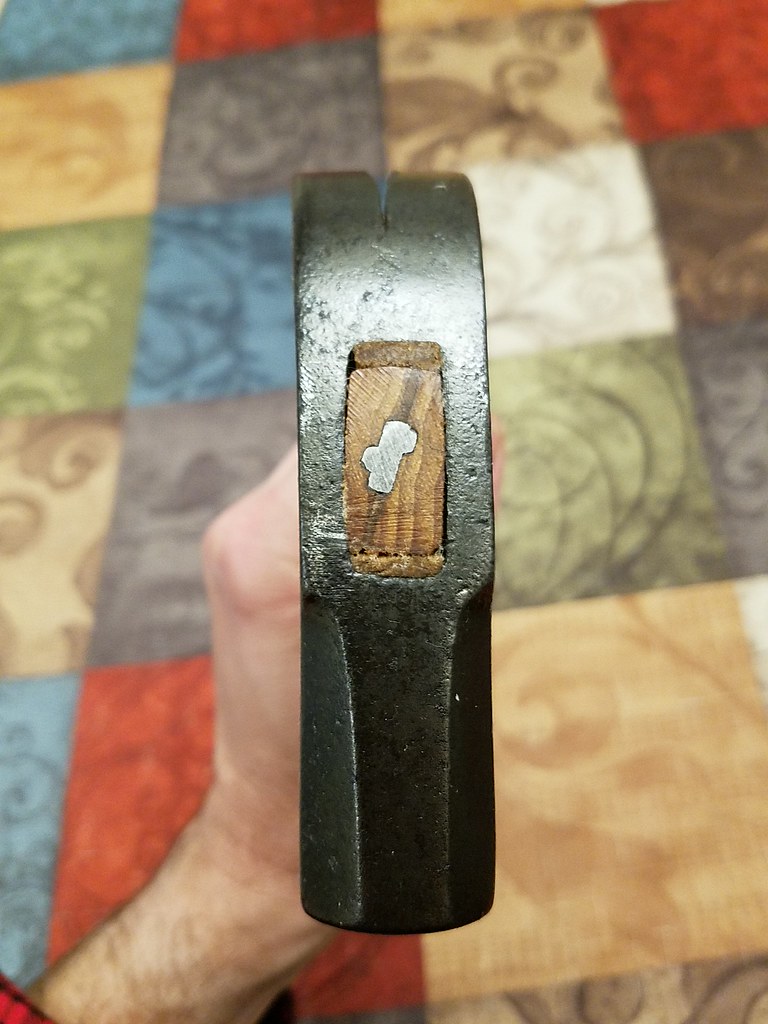 IMG_20171210_202849
IMG_20171210_202849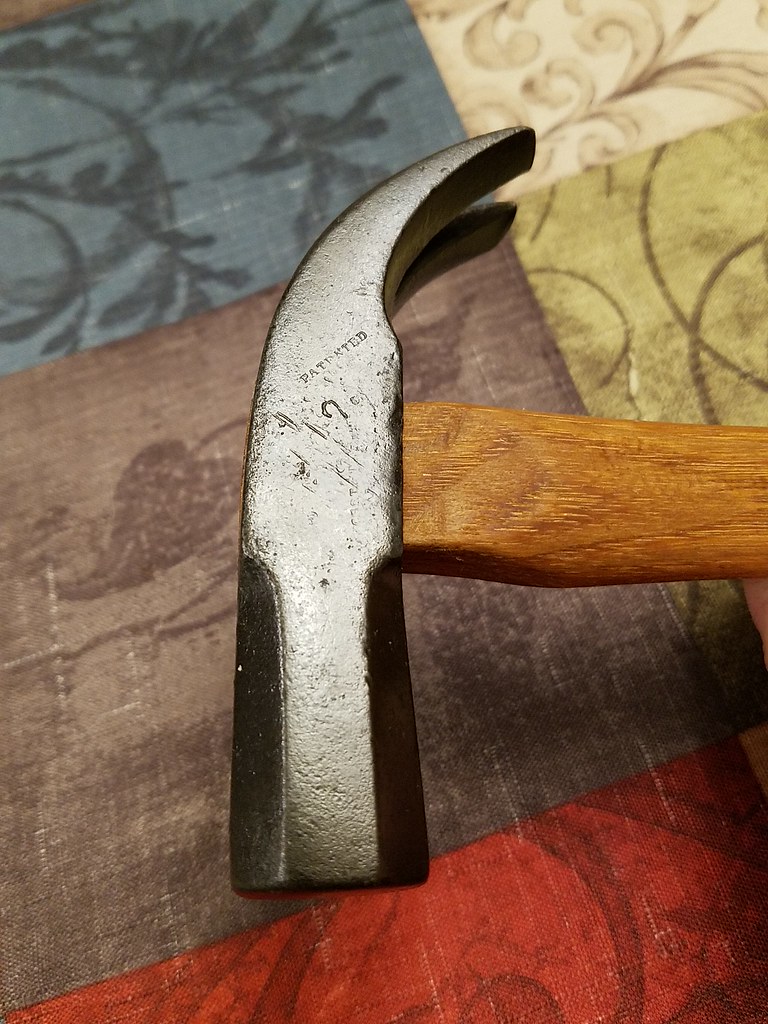 IMG_20171210_202902
IMG_20171210_202902 IMG_20171210_202857
IMG_20171210_202857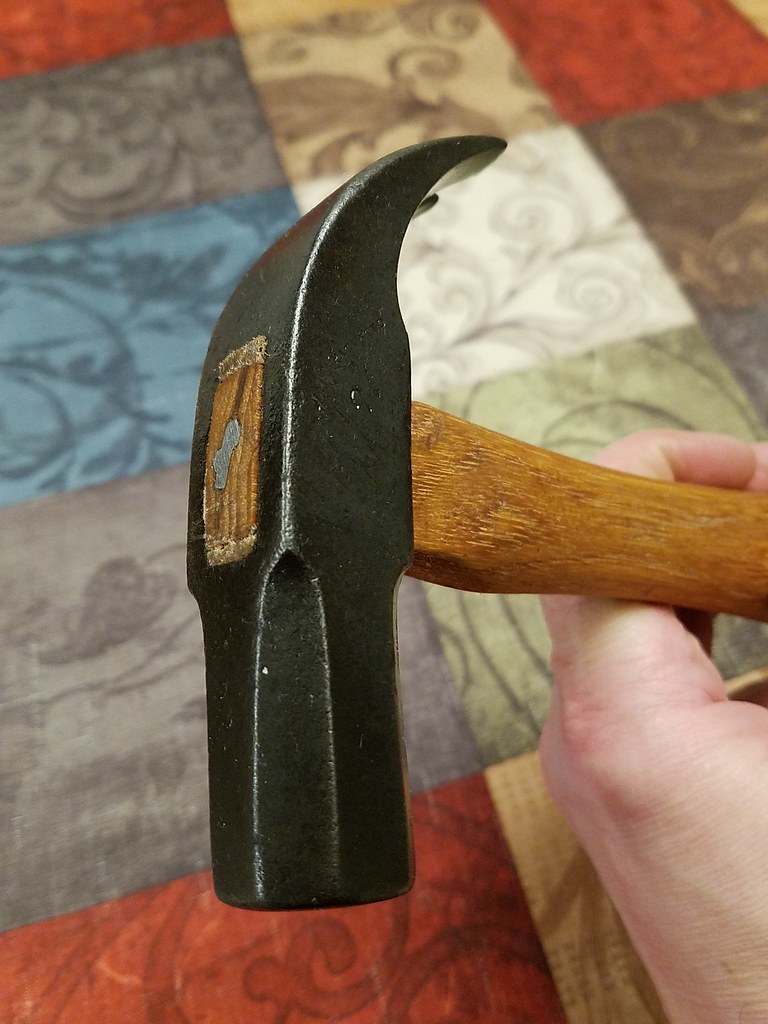 IMG_20171210_202907
IMG_20171210_202907


 IMG_20171212_072059
IMG_20171212_072059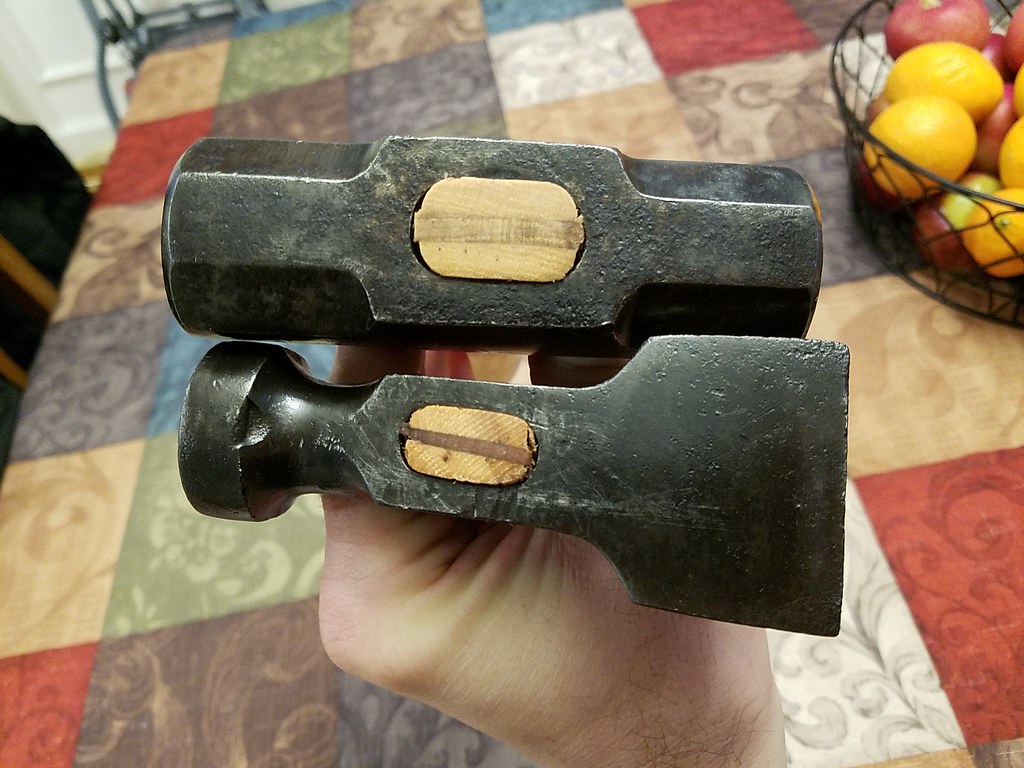 IMG_20171212_072140
IMG_20171212_072140 IMG_20171212_072218
IMG_20171212_072218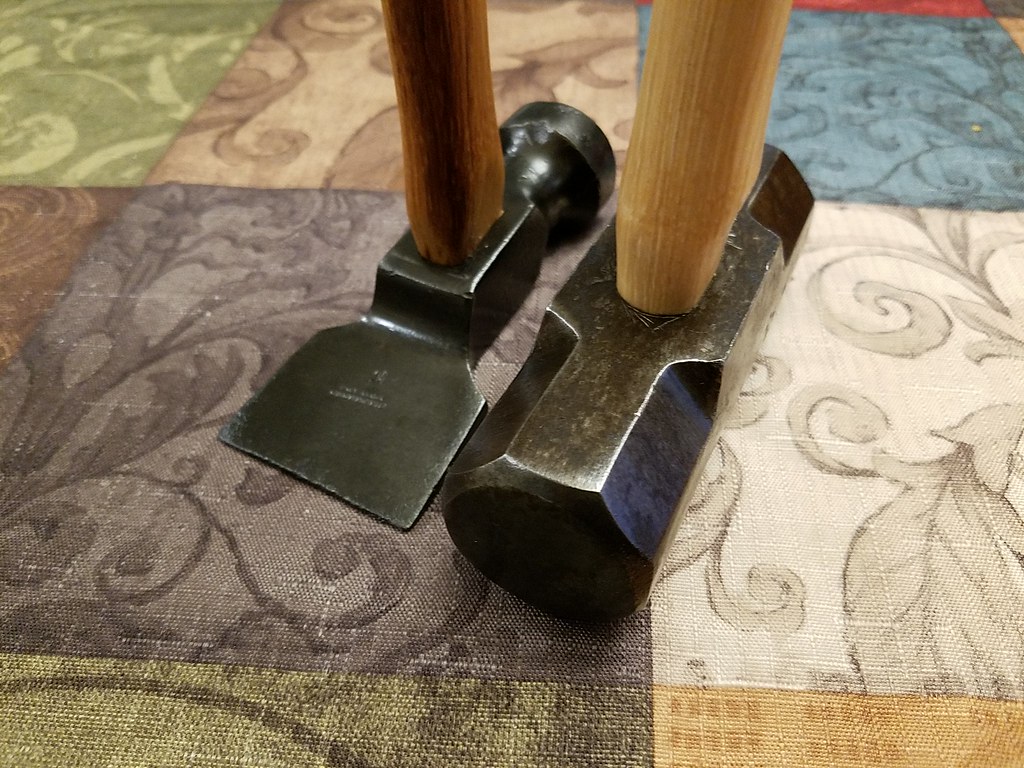 IMG_20171212_072228
IMG_20171212_072228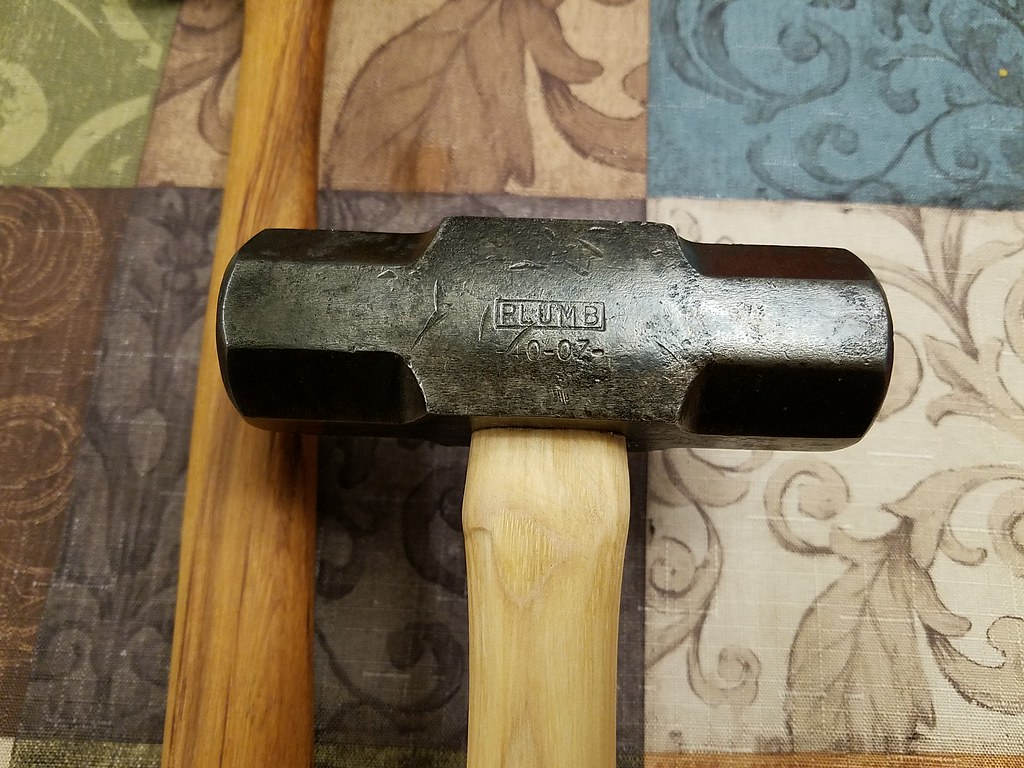 IMG_20171212_072322
IMG_20171212_072322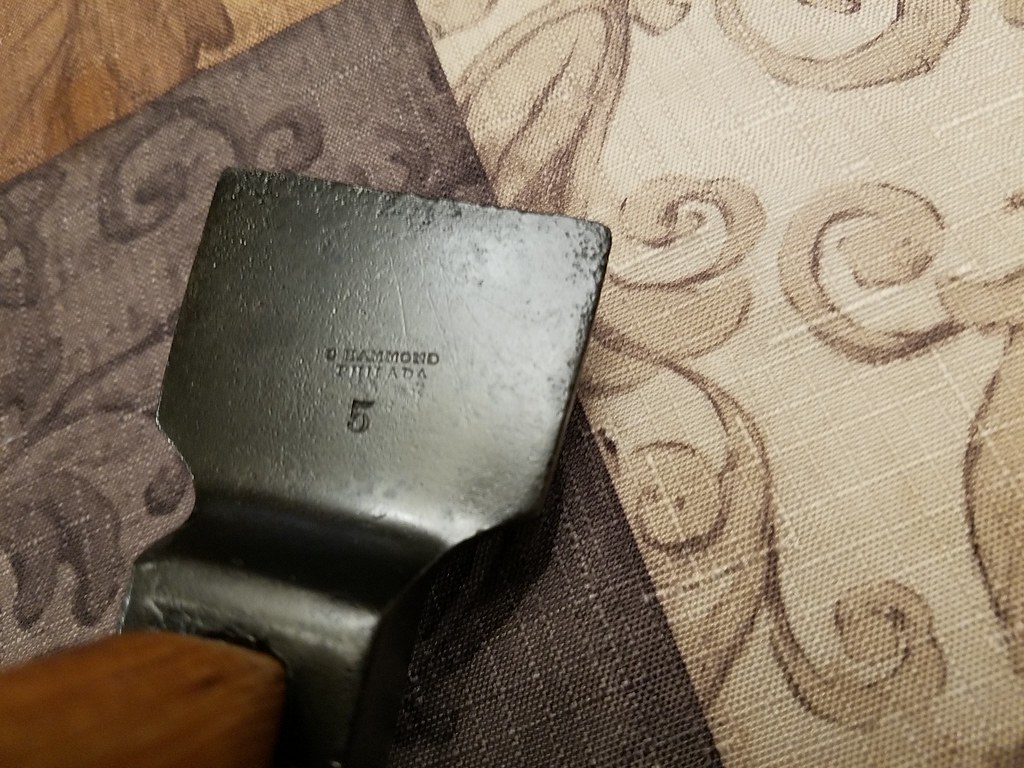 IMG_20171212_072354
IMG_20171212_072354 IMG_20171212_193818
IMG_20171212_193818 IMG_20171212_193827
IMG_20171212_193827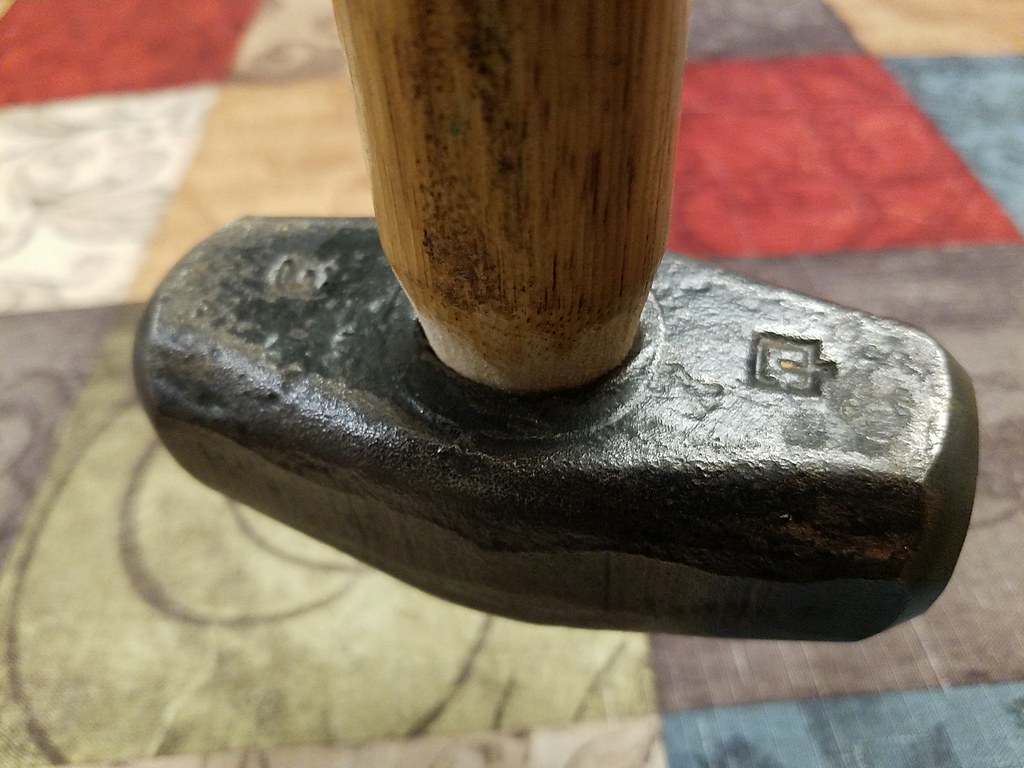 IMG_20171212_193909
IMG_20171212_193909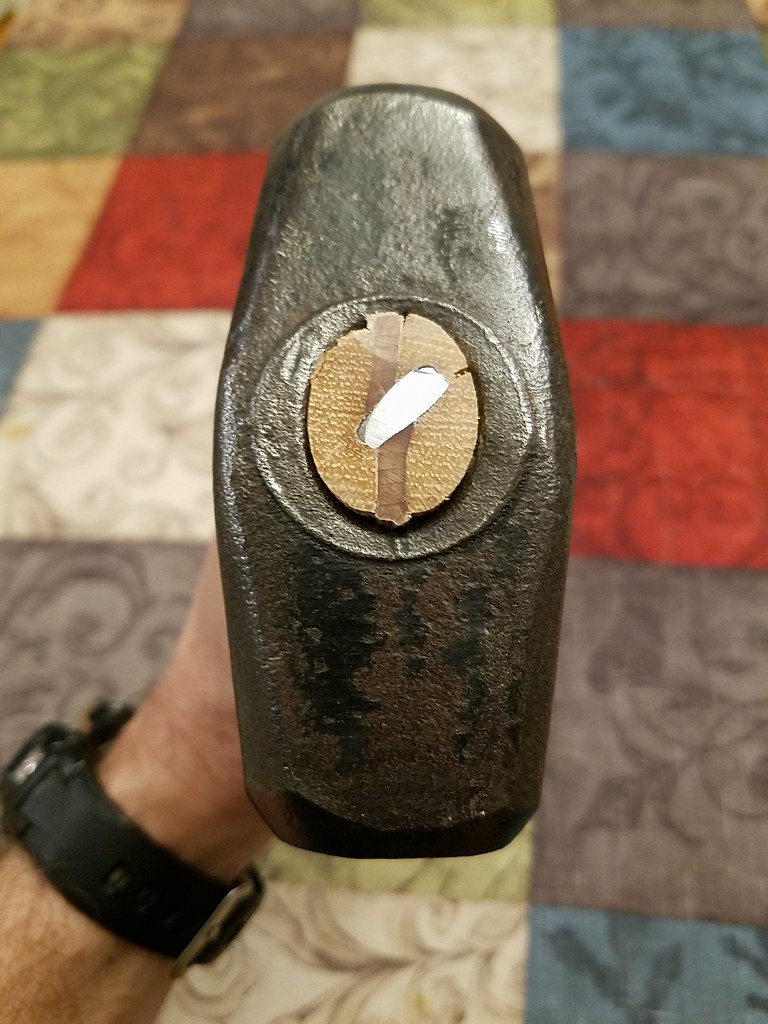 IMG_20171212_193848
IMG_20171212_193848